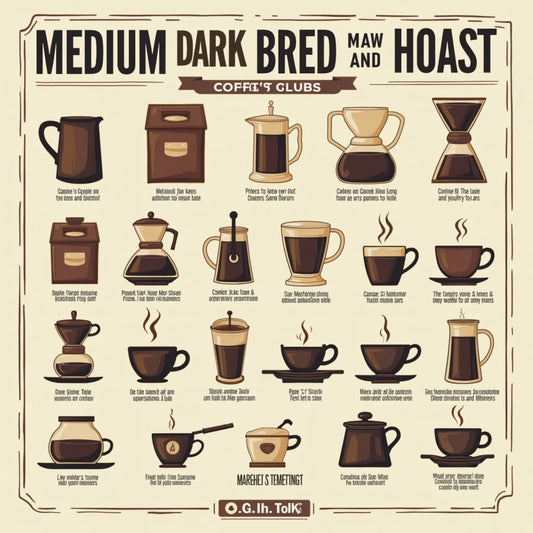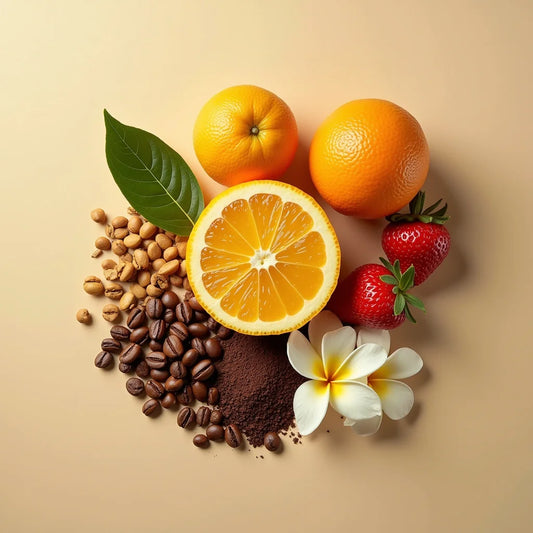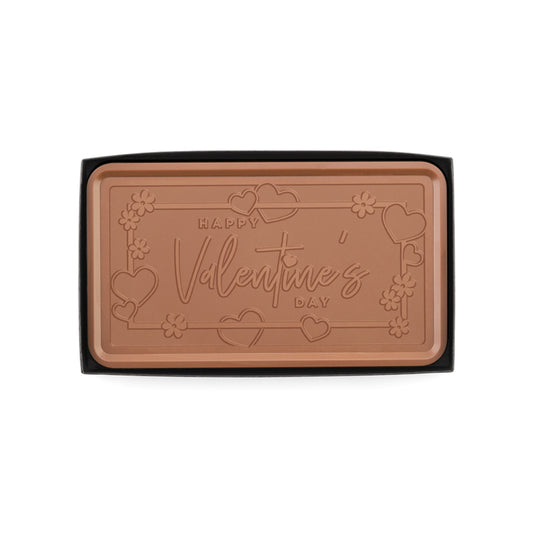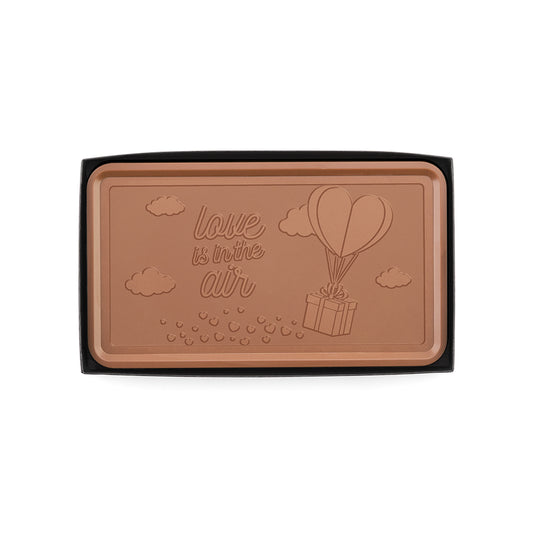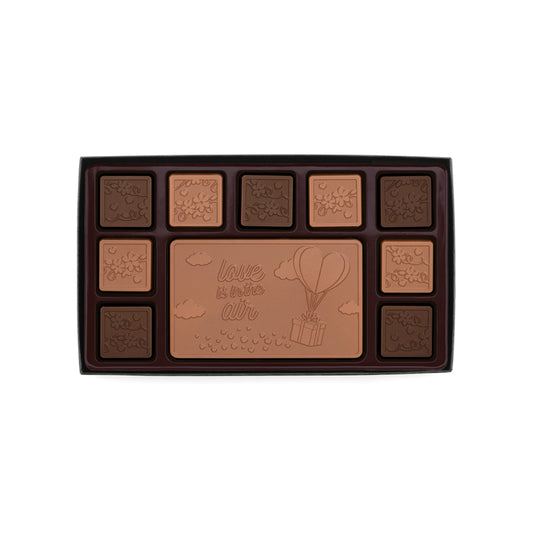
Handpicked Coffee Beans That Elevate Every Morning Brew
Updated on: 2025-09-21
Table of Contents
- How Handpicked Coffee Beans Elevate Your Daily Brew
- Product Spotlight: Handpicked Coffee Beans You Can Trust
- Myths vs. Facts About Handpicked Coffee Beans
- Frequently Asked Questions About Handpicked Coffee Beans
- Final Recommendations for Choosing Handpicked Coffee Beans
- Q&A: Your Handpicked Coffee Beans Questions Answered
- About the Author: T10 T10 on Handpicked Coffee Beans
How Handpicked Coffee Beans Elevate Your Daily Brew
Handpicked coffee beans stand out for their precision. When farmers pick cherries by hand, only ripe, red fruit makes it into the lot. That means fewer defects, cleaner flavors, and a smoother cup. In the first sip, you can taste the difference. If you are deciding between machine-harvested and hand-picked coffee beans, think about quality control: hand-selected coffee beans get a second look at every stage—from farm to final sort—so your brew keeps its sweetness and clarity.
In this guide, you will learn how to choose specialty coffee beans that fit your taste, how single-origin coffee compares with blends, and which origins shine in espresso, pour-over, and cold brew. You will also find concise answers to the most common questions, including “Are handpicked coffee beans better than machine-harvested beans?” and “Where can I buy fresh handpicked coffee beans online?”
Product Spotlight: Handpicked Coffee Beans You Can Trust
Our curated selection focuses on traceable, small-batch lots where ripe cherries are picked by hand and processed with care. If you want to explore several origins side-by-side, start with a variety that lets you taste the range of sweetness, body, and acidity you get from handpicked coffee beans.
Key Features of Hand-Selected Coffee Beans
- Ripeness-first picking: Only mature cherries are harvested, leading to consistent sweetness.
- Clean cup standards: Multiple sorting passes reduce defects and bitterness.
- Traceable lots: Clear origin details help you understand flavor notes and processing methods.
- Roast-matched outcomes: Profiles dialed for filter or espresso preserve delicate aromatics.
- Freshness focus: Small batches help you buy closer to the roast date.
If you want an easy way to compare top regions in one delivery, consider a curated set such as a single-origin sampler that highlights the spectrum of handpicked lots. Explore distinctive profiles with the Single-Origin Favorites and find your new daily favorite with balanced, approachable cups from several origins.
Use Cases: Best Handpicked Coffee Beans for Espresso and More
Looking for the best handpicked coffee beans for espresso? Choose dense, high-elevation lots with chocolate, caramel, or berry notes. These flavors hold up under pressure and create syrupy, balanced shots without harshness. Handpicked coffee beans also shine in pour-over when you want a clean, tea-like body with crisp acidity. For cold brew, target naturally sweet lots with low bitterness.
- Espresso: Try origins with cocoa, stone fruit, or berry notes for a creamy shot and thick crema.
- Pour-over (V60, Kalita): Choose bright single-origin coffee for clarity and floral aromatics.
- French press: Aim for medium roasts with rounded body and gentle acidity.
- Cold brew: Select naturally sweet, low-acid profiles for a smooth, refreshing cup.
To experience lively brightness with a syrupy finish, explore an East African lot such as Kenya. For a wider tasting journey covering multiple regions and roast levels, the Best Sellers Sample Pack offers a convenient starting point.
Single-Origin Coffee Highlight: Handpicked Coffee Beans from Ethiopia Yirgacheffe
Many coffee lovers look for handpicked coffee beans from Ethiopia Yirgacheffe because the region is known for floral aromatics, citrus brightness, and a delicate, tea-like body. Handpicking helps preserve those subtle florals by limiting underripe cherries that can add bitterness. If you enjoy jasmine, bergamot, or lemon zest notes, Yirgacheffe is a strong match for pour-over and light espresso. It is a prime example of why single-origin coffee—especially when hand-selected—can deliver a distinct sense of place in every cup.
Myths vs. Facts About Handpicked Coffee Beans
- Myth: Handpicked coffee beans are only about tradition. Fact: Handpicking is a quality control step that reduces defects and improves flavor consistency.
- Myth: Machine-harvested beans taste the same after roasting. Fact: Mixed ripeness can lead to uneven flavors; hand-selected coffee beans focus on ripe cherries for cleaner profiles.
- Myth: Single-origin coffee is always too acidic. Fact: Roast level and origin selection allow for balanced sweetness and body even in bright origins.
- Myth: Specialty coffee beans are only for pour-over. Fact: Many handpicked lots excel in espresso, French press, and cold brew when roasted accordingly.
Frequently Asked Questions About Handpicked Coffee Beans
Are handpicked coffee beans better than machine-harvested beans?
Handpicked lots typically show more consistency because pickers choose only ripe cherries. This can reduce bitterness and highlight sweetness and clarity. While machines can be efficient, handpicking prioritizes quality over speed.
Where can I buy fresh handpicked coffee beans online?
Browse curated, traceable options in our coffee collection. Start here: Coffee Collection. Look for single-origin details, processing notes, and roast descriptions that match your brew method.
What are the best handpicked coffee beans for espresso?
Choose dense, high-elevation beans with chocolate or berry notes. Kenya, some Latin American origins, and selected Indonesian lots often produce rich, balanced shots. Medium to medium-dark roasts can boost body and sweetness without muting origin character.
How should I store handpicked coffee beans?
Keep beans in an airtight container at room temperature, away from light, heat, and moisture. Avoid the fridge or freezer after opening, as condensation can affect freshness.
Final Recommendations for Choosing Handpicked Coffee Beans
If you want a dependable upgrade in your daily cup, prioritize handpicked coffee beans with clear origin details and recent roast dates. Start with single-origin coffee to learn your flavor preferences, then refine by processing (washed vs. natural) and roast level.
- For balanced everyday brews: Seek medium roasts with chocolate and nut notes.
- For bright, aromatic cups: Choose light roasts from East Africa with floral and citrus tones.
- For espresso: Look for descriptors like cocoa, caramel, and berry; consider blends built from hand-selected coffee beans that are tuned for pressure brewing.
- For exploration: Use sampler packs to compare origins back-to-back and dial in grind and dose.
Want to taste the difference side-by-side? Try a single-origin sampler to identify your favorite profiles, then move to full-size bags. If you prefer a guided path with crowd-pleasing picks, a best-sellers pack is a simple way to get started without guesswork.
Q&A: Your Handpicked Coffee Beans Questions Answered
What grind size works best for handpicked beans?
Match grind to your brew method. Fine for espresso, medium-fine for pour-over (adjust for flow rate), medium-coarse for Chemex, and coarse for French press. Start with the manufacturer’s baseline and adjust in small steps to balance extraction.
How soon should I brew after roasting?
Many coffees taste great a few days after roasting, and continue to open up for several more days. Buy in quantities you will use within a few weeks for a consistent experience.
Can handpicked beans be decaf and still taste great?
Yes. Handpicked decaf lots benefit from the same ripeness precision as regular coffees. Look for decaf processed with methods that preserve sweetness and aromatics, and choose roast levels aligned with your brew method.
About the Author: T10 T10 on Handpicked Coffee Beans
Meet T10 T10
T10 T10 is a coffee-focused writer and product specialist who helps shoppers decode origin, processing, and roast so every brew tastes intentional. With a passion for handpicked and single-origin selections, T10 T10 turns complex details into clear, practical tips. Thanks for reading—may your next cup be your best yet.



